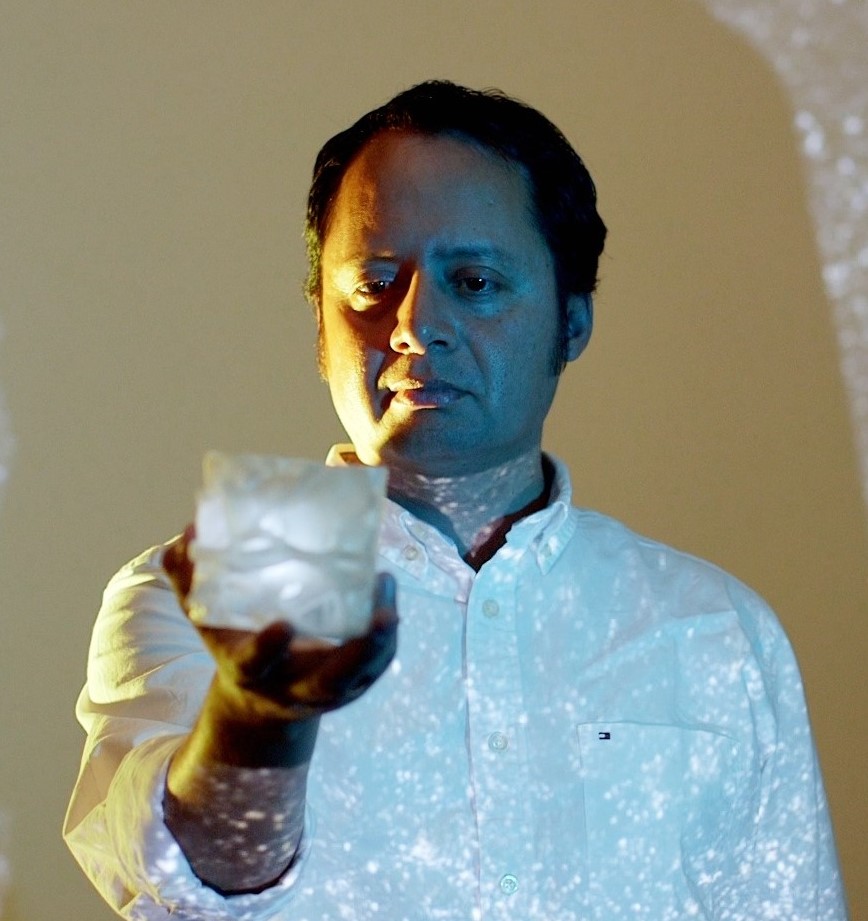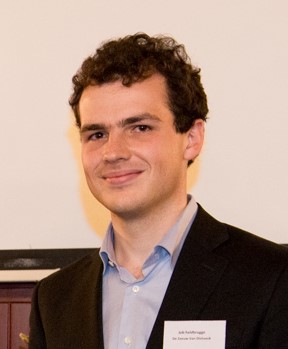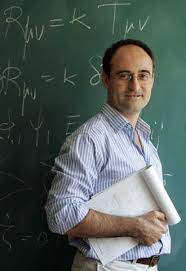Invited Speakers

Nikki Arendse
PhD Fellow at the Dark Cosmology Centre, Niels Bohr Institute, University of Copenhagen
Nikki Arendse is PhD Fellow at the Dark Cosmology Centre of the University of Copenhagen. She obtained her degree at the University of Groningen, investigating the build-up of the Local Group galaxies with the CLUES simulation. Her current research interests include the local determination of the Hubble constant, first using time-delay cosmography through strong lensing with H0LiCow, and recently through machine learning methods. Her goal is to explore possible solutions to the resulting Hubble tension, including new early time and late time physics.
Cosmic dissonance: new physics or systematics behind the Hubble tension?
The persistent tension between low-redshift distance indicators and the Cosmic Microwave Background (CMB) radiation constitutes one of the key mysteries in present-day cosmology. While this discrepancy is often considered solely in terms of the Hubble constant, in this talk I will examine the tension in a broader framework by including constraints from Baryon Acoustic Oscillations on the sound horizon, in addition to observations of gravitationally lensed quasars and the classical distance ladder. In order to reconcile the tension, several modifications of the standard LCDM model have been put forward. I will talk about the current status of tensions between the CMB-based and local distance calibrations, as well as critically review the most popular extensions of LCDM proposed to reconcile these measurements.
Miguel Aragon
Assistant Professor at the National Astronomical Observatory, National Autonomous University of Mexico
Dr. Miguel Aragon is a computational cosmologist who works at the intersection between Artificial Intelligence, Cosmology and Art. He currently works as an Assistant Professor at the National Astronomical Observatory at the Autonomous University of Mexico. His main areas of research include the large scale structure of the Universe, galaxy formation, machine learning, data mining and data visualization. His works in these areas have been featured on the National Geographic Channel, Discovery Channel, BBC, Science Magazine and other media.
Data Experiences in Virtual Reality
Virtual reality has the ability to let us dive inside the data in what feels like an almost physical way. In this talk I will share experiences using virtual reality to display and interact with complex datasets and how it can help us gain new insights.
Job Feldbrugge
Higgs fellow at the Higgs Centre for Theoretical Physics at the University of Edinburgh
Dr. Job Feldbrugge is a Higgs fellow at the Higgs Centre for Theoretical Physics at the University of Edinburgh in Scotland. His passion is the application of abstract mathematics in theoretical physics to further the understanding of cosmological observations. His main research interests include the early Universe, large scale structure formation and quantum cosmology. At the University of Groningen he acquired Cum Laude three bachelor and three master degrees: Astronomy, Physics and Mathematics. This achievement, in combination with his thesis on the "Statistics of Caustics in Large-Scale Structure Formation", won him the first "De Zeeuw-Van Dishoeck" graduate award.He also received a master degree in Applied Mathematics (Part III) from the University of Cambridge (UK).Before joining the University of Edinburgh, Job Feldbrugge had a joint position as a postdoctoral fellow at the Perimeter Institute for Theoretical Physics and Carnegie Mellon University and he obtained his PhD from the Perimeter Institute for Theoretical Physics and the University of Waterloo.
Caustic skeleton of the cosmic web
The comic web consists of a complex configuration of voids, walls, filaments, and clusters, which formed under the gravitational collapse of Gaussian fluctuations. Understanding under what conditions these different structures emerge from simple initial conditions, and how different cosmological models influence their evolution, is central to the study of the large-scale structure. Here, we present a general formalism for setting up Gaussian random initial conditions satisfying non-linear constraints for specialized $N$-body simulations. These allow us to link the non-linear conditions on the eigenvalue and eigenvector fields of the deformation tensor, as specified by caustic skeleton theory, to the current day cosmic web. By extending constraint Gaussian random field theory, to non-linear constraints, we can probe the statistical properties of the progenitors of the walls, filaments, and clusters of the cosmic web. Tracing the current large scale structure to their seeds in the initial conditions. Applied to cosmological $N$-body simulations, the proposed techniques pave the way towards a systematic investigation of the evolution of the progenitors of the present-day walls, filaments, and clusters, and the embedded galaxies, putting flesh on the bones of the caustic skeleton.
Juan García-Bellido Capdevila
Professor at Theoretical Physics department of the Autonomous University of Madrid.
Prof. Dr. Juan Garcia-Bellido is Professor of Theoretical Physics at the Universidad Autonoma de Madrid (Spain) and Senior Researcher at the Instituto de Fisica Teorica (CSIC). Author of more than four hundred research articles in specialized journals, he is a reknown theoretical cosmologist. He has worked at CERN, Imperial College London and Stanford University. His research covers a wide range of phenomena, from the origin of the Universe in terms of the Cosmological Inflation Paradigm, to the formation of Large Scale Structures and the nature of Cold Dark Matter and Dark Energy, as well as the exploration of the Universe with Gravitational Waves. He is member of the International Collaborations "Dark Energy Survey", "LIGO-Virgo-KAGRA", "DESI", "LSST", "Einstein Telescope" and ESA Missions "Euclid" and "LISA".
The weight of information: Cosmic acceleration from first principles
General relativistic entropic acceleration theory may explain the present cosmic acceleration from first principles without the need of introducing a cosmological constant. Following the covariant formulation of non-equilibrium phenomena in the context of a homogeneous and isotropic Friedmann-Lemaitre-Robertson-Walker (FLRW) metric, we find that the growth of entropy associated with the causal horizon of our universe induces an acceleration that is essentially indistinguishable from that of LambdaCDM, except for a slightly larger present rate of expansion compared to what would be expected from the CMB in LambdaCDM, possibly solving the so-called H0 tension. The matter content of the universe is unchanged and the coincidence problem is resolved since it is the growth of the causal horizon of matter that introduces this new relativistic entropic force. The cosmological constant is made unnecessary and the future hypersurface is Minkowsky rather than de Sitter.
